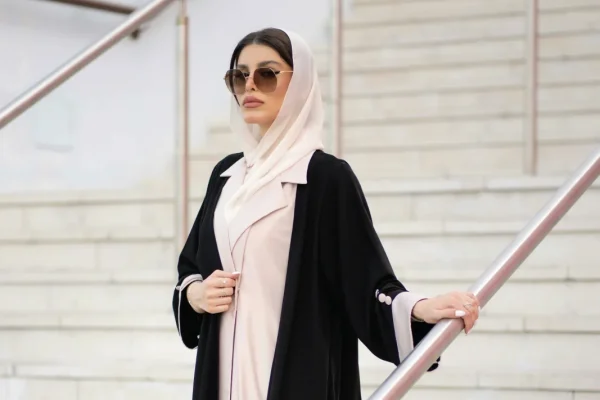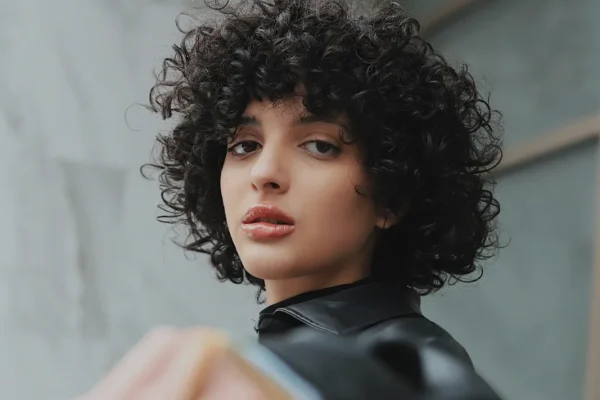The Modern Khaleeji: Redefining Identity Through Fashion
- BUZZAAR
-
Oct 01
- Share post

Fashion has always been more than just clothes—it’s a language, a cultural marker, and a mirror of identity. In the Gulf, where tradition is deeply rooted yet global influences are undeniable, a new fashion story is being written by Gen Z and Millennials. The Modern Khaleeji is not confined by convention but empowered to blend tradition with streetwear, modest fashion, and international trends. The result is a vibrant, hybrid style that redefines what it means to dress—and live—Khaleeji in the 21st century.
Tradition Meets Streetwear
For decades, the Gulf’s fashion identity was centered on traditional attire: the abaya and hijab for women, the dishdasha or thobe for men. These garments remain powerful cultural anchors, but the younger generation is reshaping how they are worn.
Streetwear, with its bold graphics, sneakers, and oversized silhouettes, has become the canvas upon which Gulf youth reinterpret their heritage. In Riyadh and Dubai, young men wear tailored thobes paired with designer sneakers and baseball caps. Women are experimenting with open abayas layered over jeans, crop tops, or branded hoodies.
This fusion of local and global sends a clear message: tradition doesn’t have to mean rigidity. Instead, it can evolve, adapt, and even thrive in dialogue with global street culture.
The Rise of Modest Fashion
Another key driver of the Modern Khaleeji identity is the global rise of modest fashion. Once considered niche, modestwear is now a billion-dollar industry, with major brands from Nike to Dolce & Gabbana launching collections tailored to conservative yet style-conscious audiences.
For Gulf Millennials and Gen Z, modest fashion is not about compromise—it’s about creativity. Layering, textures, and silhouettes allow them to express individuality while respecting cultural and religious values. Designers such as Hessa Al Falasi in the UAE and Arwa Al Banawi in Saudi Arabia are celebrated for crafting pieces that marry elegance with edge.
This intersection of modesty and modernity has put the GCC on the global fashion map. Fashion weeks in Dubai, Doha, and Riyadh now spotlight local talent whose designs resonate far beyond the region.

Global Aesthetics, Local Voice
What distinguishes the Modern Khaleeji is not just the adoption of global trends but the ability to localize them. The Gulf youth are hyperconnected, consuming K-pop, hip-hop, and high fashion from Paris and Seoul in equal measure. Yet, they reinterpret these styles through a distinctly Khaleeji lens.
For instance, Japanese-inspired streetwear brands have found enthusiastic audiences in Kuwait and Bahrain, but are often styled with embroidered sheilas or traditional jewelry. Similarly, international luxury labels are embraced, but worn with a regional twist—think Gucci sneakers under a flowing abaya or Dior bags paired with kaftans.
Social media amplifies this aesthetic exchange. Platforms like Instagram and TikTok showcase influencers such as Ascia AKF (Kuwait) and Nojoud Al Rumaihi (Saudi Arabia) who embody this global-local blend. Their millions of followers are proof that the Modern Khaleeji style is not just personal expression—it’s cultural export.
Fashion as Identity and Empowerment
The Modern Khaleeji movement is also about more than style—it’s about agency. Gulf youth are using fashion to assert their identity in a rapidly changing world. By mixing streetwear with abayas or pairing sneakers with kanduras, they are saying: we are rooted yet global, proud yet progressive.
This is particularly powerful for women. Fashion becomes a space where they can negotiate tradition and modernity on their own terms, experimenting with silhouettes that allow both modesty and individuality. Men, too, are breaking molds by embracing color, contemporary tailoring, and accessories once considered unconventional. Fashion, in this sense, is not just about clothes—it’s about confidence, visibility, and the ability to shape narratives of what it means to be Khaleeji today.
Looking Ahead
As the GCC continues to evolve, so too will its fashion identity. With government investments in creative industries, the rise of regional fashion weeks, and the increasing global recognition of Gulf designers, the Modern Khaleeji aesthetic will only gain prominence.
What began as a personal style choice is now becoming a cultural movement. It celebrates heritage without being bound by it, embraces global trends without losing local authenticity, and most importantly, gives voice to a generation determined to define itself.
In the end, the Modern Khaleeji is more than a fashion trend—it is a lifestyle, a declaration of identity, and a bold vision of the Gulf’s future.

